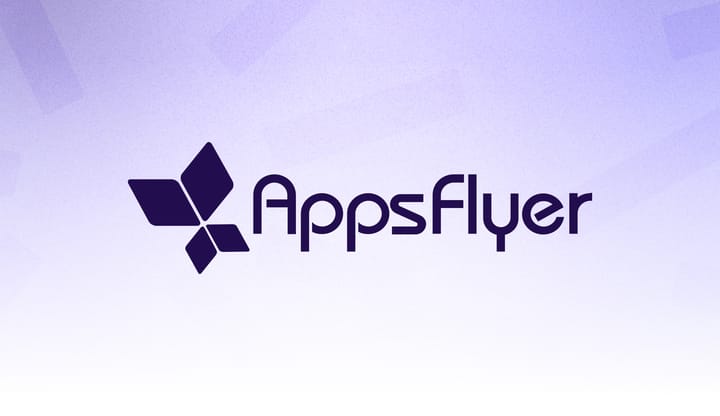Salesforce Announces 'Agentforce for Public Sector' in India
Salesforce announced its public sector division in India last year.

Salesforce, the Software-as-a-Service (SaaS) leader, has launched ‘Agentforce for Public Sector’ in India. The rollout follows a year Salesforce India CEO and President Arundhati Bhattacharya, announced the public sector division in India.
Today, Salesforce also released its new Connected Citizen research, revealing that Indian constituents want more proactive, personalised, and seamless public services, and are ready to embrace AI agents to achieve this.
The research underscores strong public backing for AI agents, with all Indian respondents indicating they would use one to engage with the public sector. Salesforce, in a press briefing, noted the survey primarily targeted Gen Z and millennial participants.
The survey further revealed that government agencies are increasingly looking for ways to improve responsiveness, efficiency, and productivity to meet rising public expectations.
Bhattacharya said that for India, a country leading digital transformation, AI agents represent a significant opportunity to enhance citizen engagement and drive digital ambitions forward.
By simplifying access to information and everyday processes, they can help public institutions scale services effectively while creating more connected, responsive citizen experiences across the nation.
However, when The Left Shift questioned about the progress of Salesforce’s public sector division launched last year, Bhattacharya declined to share specific updates, reiterating the earlier stance from the launch — that such initiatives are complex and inevitably take time.
Bhattacharya also emphasised the role of Salesforce Data Cloud, calling it crucial for delivering tangible outcomes with Agentforce. The platform unifies all enterprise data — both structured and unstructured — within a single framework, enabling more effective AI-driven results.
When The Left Shift asked if Salesforce had landed any public sector data cloud customers, her answers were unconvincing. She says, "You have to build your team, skill them properly, and address the unique concerns of government agencies. It’s not realistic to expect that the moment we set it up, things will take off like a rocket. It doesn’t happen that way.”
She explained that while Salesforce already delivers large-scale solutions for governments in other countries, replicating that success in India requires groundwork. “We do have the solutions — it’s not that we don’t. But it takes time to bring everything together. The process is not simple. We had to get onto the GeM portal, secure certifications, and go through several steps that are essential for building this business. It’s not something that can be done in a day.”
Still, early traction is visible. “There are already government customers using us for citizen services,” Bhattacharya added. “When those agencies want to add agentic capabilities, we’re ready to support them. So yes, the beginning has been made. Do we have business with them? Absolutely. Is it large enough yet? Not quite. But have we started on the agenda? Definitely.”
The Left Shift also asked whether the public sector is ready to embrace Agentic AI and if greater advocacy is needed. In response, Bhattacharya says, “We have some of the most digitally aware governments anywhere in the world. Look at the Digital Public Stack — whether it’s KYC, UPI, or DigiYatra — these platforms have transformed how citizens interact with services. UPI alone has formalised huge parts of the economy, bringing millions into the organized financial sector.”
She added that technologies like DigiYatra show how quickly adoption can improve everyday experiences. “Of course, new technologies take time to perfect, but they make life easier. You don’t have to stand in long queues anymore.”
Bhattacharya stressed that government leaders are well aware of the opportunities and challenges of agentic AI. “The question is not whether to use it, but how to ensure trust and deliver the right offerings,” she said. “The best way is to experiment in smaller areas, learn fast, and scale where it works. This is here to stay — it’s not going away.”



Comments ()